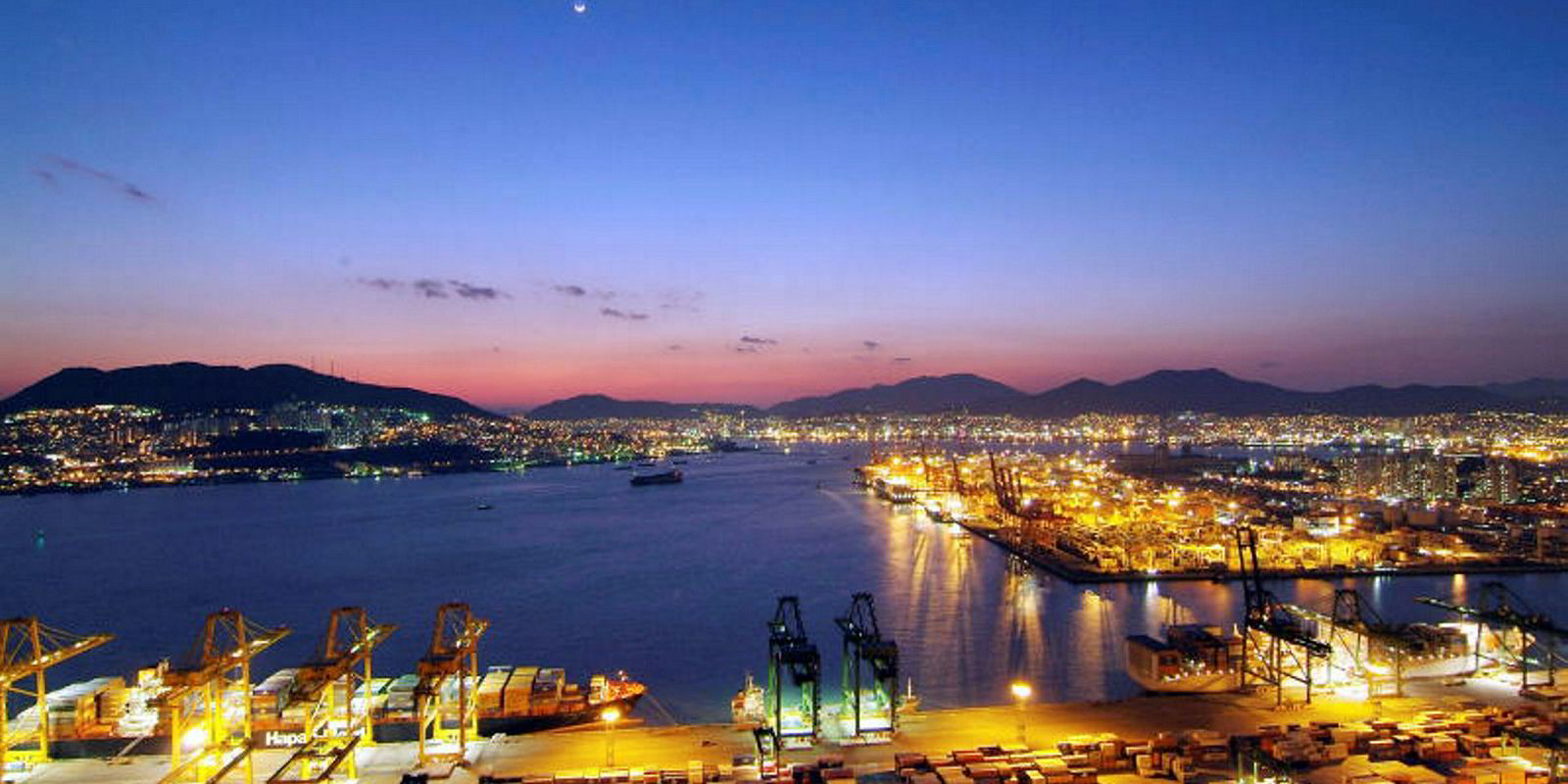VLCC tonne miles are expected to be boosted further by South Korea’s decision to extend freight rebates for crude imports from outside the Middle East in the face of tightening sanctions against Iran.
Analysts point out the policy move will reinforce the trend of more Atlantic barrels flowing to the world’s fifth-largest crude-importing nation, boding well for long-haul demand for VLCCs.
Since the US began to ramp up crude exports, South Korea has been replacing Middle Eastern barrels with US ones — a trend that has been exacerbated by geopolitical tension and Opec’s production cuts, which have benefited crude tanker demand.
According to VesselsValue, South Korean crude imports amounted to 461 billion tonne miles in the first four months of 2019, compared with 386 billion tonne miles in the same period of last year.
“Indeed, we see more [Atlantic] volumes [to South Korea] this year,” BRS tanker analyst Felipe Loachamin said.
Aside from longer laden voyages, Loachamin observes VLCCs now also tend to have longer ballasting distances, effectively taking large capacity out of trading.
“The usual ballast of VLCCs was until the Middle East Gulf,” Loachamin said. “Nowadays we see them ballasting more towards the Atlantic basin.”
Diversification efforts
With fears of over-reliance on Middle Eastern producers, the South Korean government has provided freight rebates to South Korean importers who purchased crude from some other regions since 2014.
A rebate of KRW 16 per litre ($0.0134) is offered to South Korean importers who source from the Americas, Africa and Europe in an attempt to cover freight differentials.
“Don’t overlook it from a trading perspective,” VesselsValue analyst Court Smith said. “On the surface it may look small, but it can make up a large portion of trading margins.”
The government was mulling whether to cancel the rebate scheme, with the proportion of Middle Eastern imports falling to 70% of the total in the first half of 2018 from 84% in 2014, according to domestic media.
2021 extension
Citing the Ministry of Trade, Industry and Energy, Platts reports the government in May ultimately opted to extend the rebates until 2021 amid the loss of Iranian supply.
“The incentive of the [South] Korean government is to diversify their energy supply. Being 70% dependent [on] energy from a region that has political tension is not indeed the best way to manage geopolitics,” Loachamin said.
With the White House not granting any waiver to allow South Korea to continue imports of Iranian crude after 2 May, the country is widely expected to fill the supply gap with US barrels on an even larger scale.
South Korea imported 33.2 million barrels of crude from Iran in January-April, down from 38.5 million barrels in the same period of last year, according to Bloomberg.
At the same time, South Korea’s imports of US crude rose to 40.2 million barrels from 7.93 million barrels.
While China has replaced US crude with supplies from the North Sea or West Africa due to the ongoing trade tension, South Korean importers are well positioned to take advantage of the cheap US barrels in relation to Brent crude, according to Smith.
“Koreans do not have to compete with Chinese for American barrels,” Smith said.





